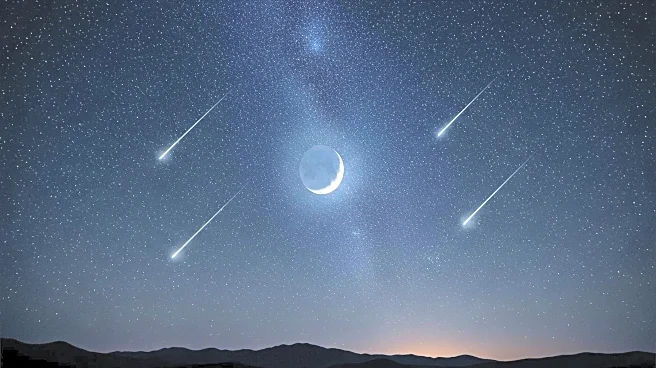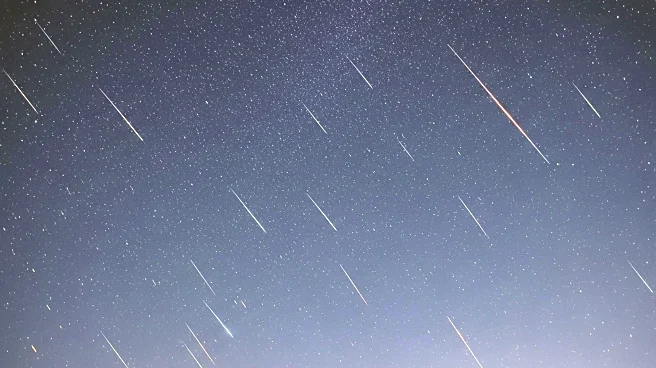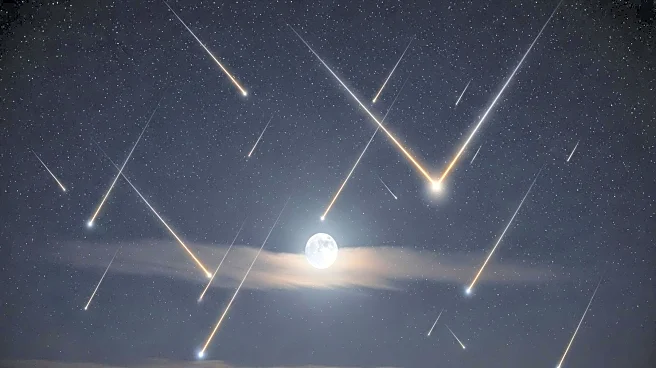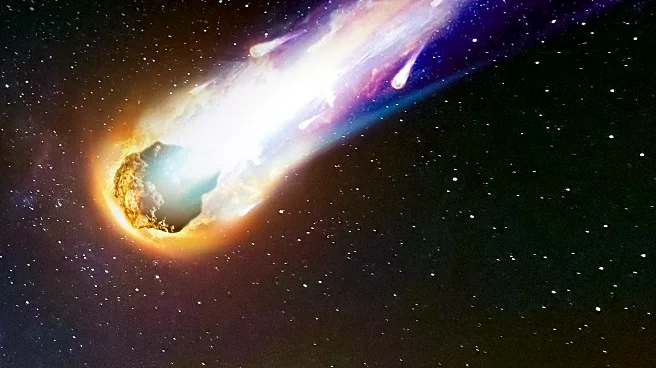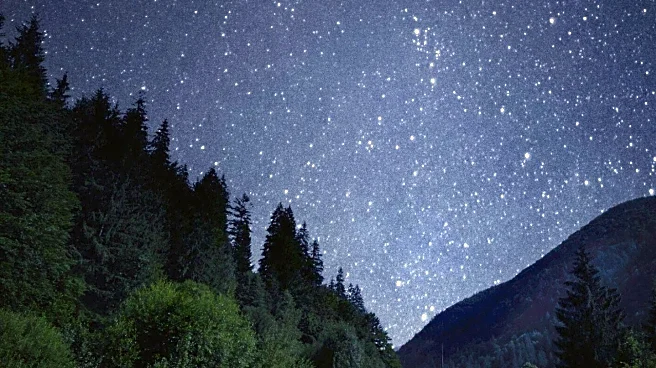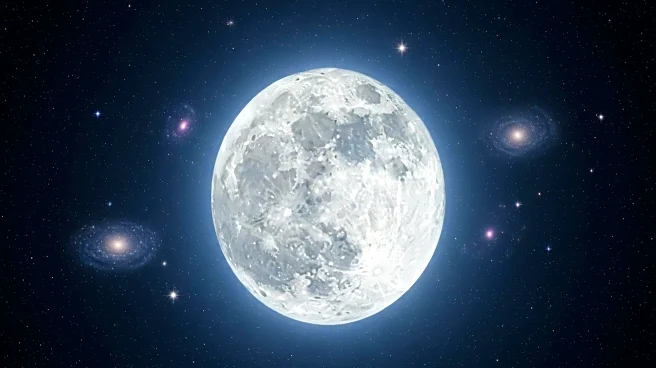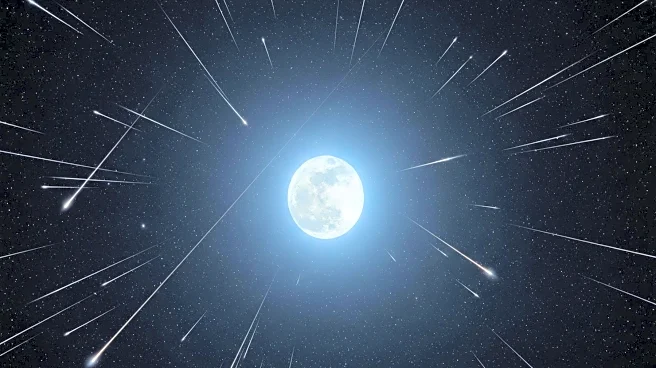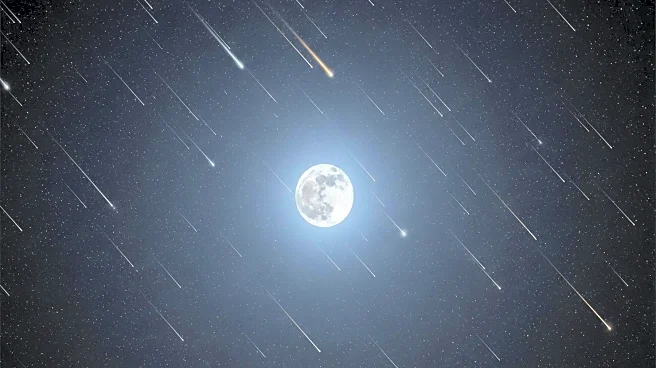What is the story about?
What's Happening?
Tennessee will witness a series of meteor showers throughout October, including the Draconids, Orionids, Southern Taurids, and Northern Taurids. The Draconids, active from October 6 to 10, are known for their low activity and originate from debris of comet 21P/Giacobini-Zinner. The Orionids, peaking on October 22-23, are recognized for their beauty and speed, producing glowing trails and fireballs. The Southern Taurids and Northern Taurids will peak in early November, offering slow, long-lasting displays. Recent full moons may affect visibility, but clear skies and dark areas are recommended for optimal viewing.
Why It's Important?
The convergence of multiple meteor showers in October provides a unique opportunity for astronomical observation and public engagement. These events highlight the diversity of meteor showers, each with distinct characteristics and origins. The showers offer educational opportunities, encouraging interest in astronomy and space science. They also serve as a reminder of the dynamic interactions between Earth and cosmic debris, fostering appreciation for the natural world and its celestial phenomena.
What's Next?
As the month progresses, observers can look forward to the peak of the Orionids, which promise a more substantial display due to favorable lunar conditions. The Taurids will continue to be active into November, providing extended opportunities for viewing. Enthusiasts are encouraged to plan viewing sessions in dark sky areas and monitor weather conditions for the best experience.
Beyond the Headlines
Meteor showers like those occurring in October contribute to scientific understanding of cometary debris and its atmospheric interactions. They offer insights into the composition and behavior of meteors, enhancing knowledge of the solar system. Additionally, these events inspire cultural and educational engagement, promoting scientific literacy and appreciation for astronomy.
AI Generated Content
Do you find this article useful?
